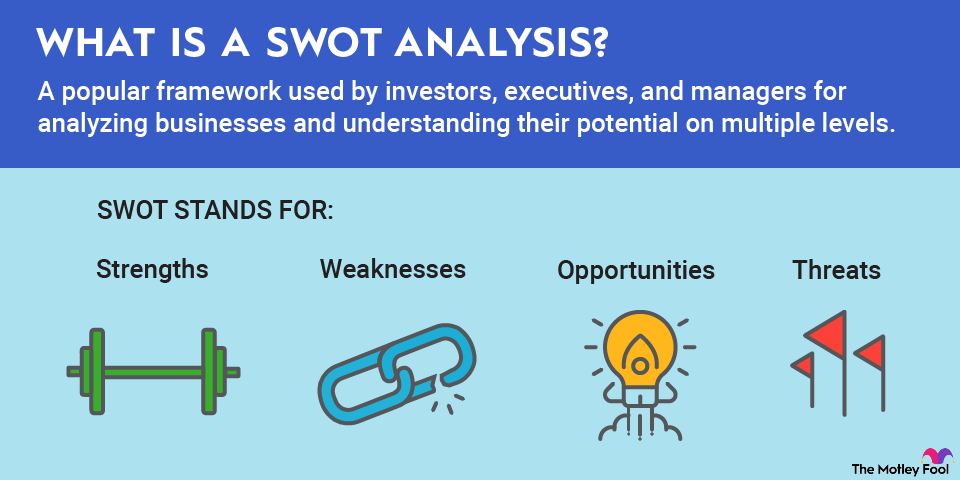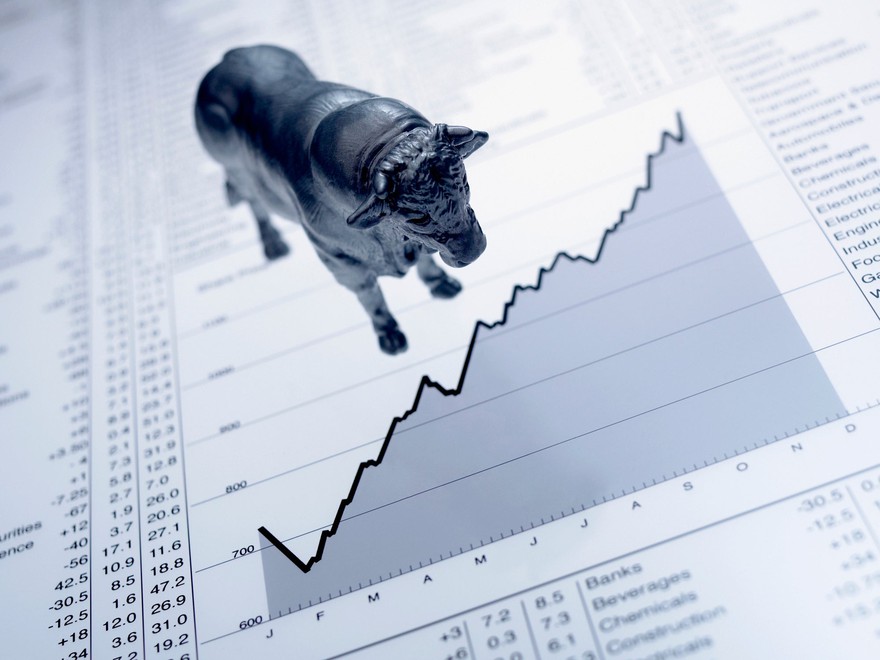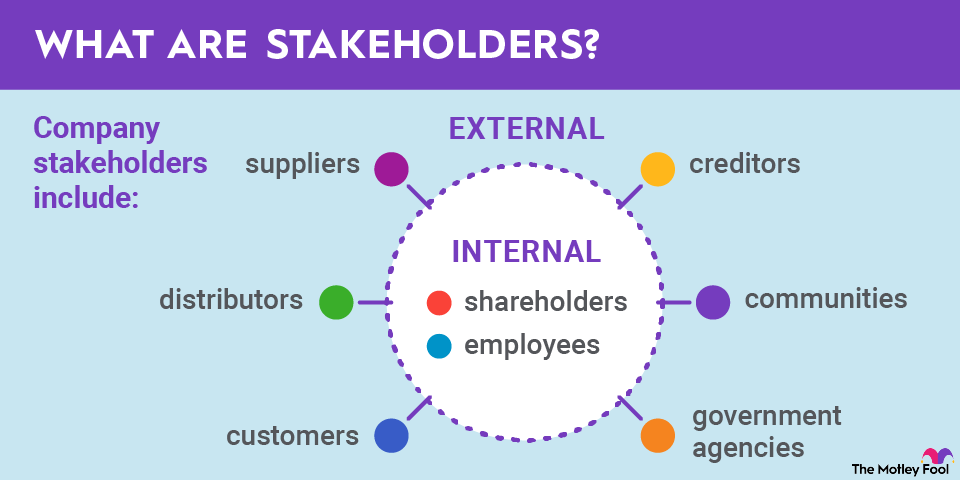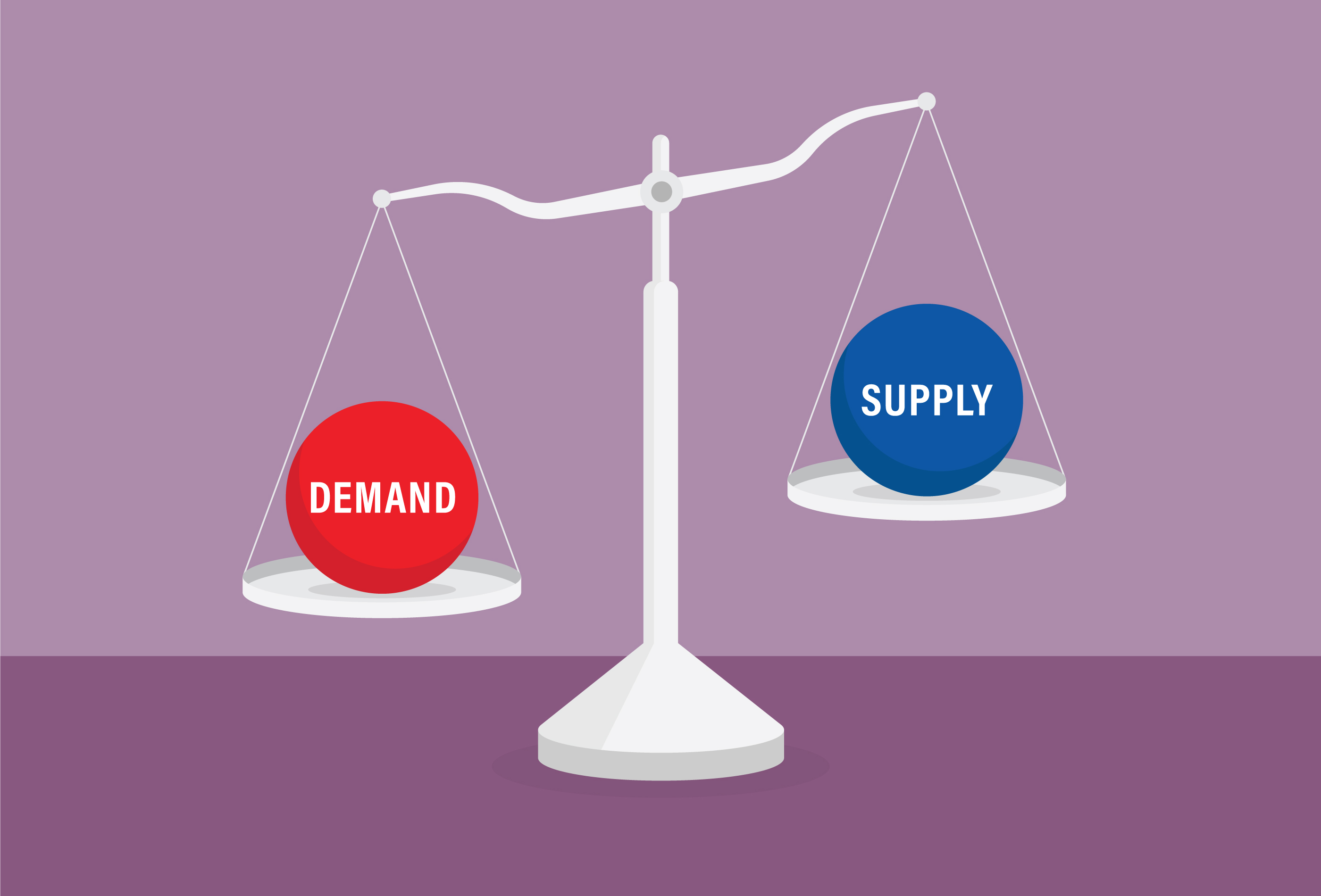We all wish we could have a crystal ball when it comes to our stocks and other investments. Unfortunately, we don't. But what we do have is scenario analysis, a process allowing us to play the "what-if" game in a meaningful and useful way for our long-term goals. Read on to learn more about how this works.

What is scenario analysis?
Scenario analysis is the most important application for the "what-if" game that anybody has ever utilized. When it comes to your investment portfolio, the "what ifs" that are considered are things like changes in the business environment, the macroeconomic environment, or customer sentiment.
By doing this sort of analysis, it's possible to see potential outcomes for both likely and unlikely financial situations. Some investors may sell positions that look likely to become dodgy, while others may use options or increase diversification to hedge against the risk of loss that the analysis uncovered. Scenario analysis can also help you plan realistically for retirement, even if it's decades away.
Best and worst cases in scenario analysis
Part of scenario analysis is about building out scenarios, or possible things that could happen as a result of some event or change to the environment. For example, you may have a real estate portfolio and wonder what would happen if interest rates stayed steady through 2030.
The first thing that you need to do to perform a scenario analysis is to create your cases, or future states of your portfolio, based on assumptions of what the future could be like. These are:
Base-case scenario. In a base-case scenario, you essentially assume nothing much is changing, and things are going to kind of proceed as normal. This is the average, middle-of-the-road case.
Worst-case scenario. In the worst-case scenario, you assume the worst. When you do your calculations, use the least-favorable side of the range for that metric and the lowest realistic expectation of growth.
Best-case scenario. The opposite of the worst-case scenario, the best-case scenario assumes that everything is coming up roses. Use the most favorable side of your metric ranges, assume things will be peachy, really dress the thing up (within reason), knowing that it's incredibly unlikely this will come to pass.
Basic steps in scenario analysis
Your scenario analysis will look different depending on the actual scenarios you choose, but a simple scenario analysis will follow these steps to help you create your cases:
- List the assumptions you want to consider in your scenarios.
- Determine the upper and lower ranges of those assumptions, such as that your stock's dividend will grow by certain percentages in a specific period of time.
- Apply statistical modeling to your scenarios, based on the assumptions you've made, to determine the most likely best, worst, and middling outcomes.
- Use more math to assess the risk involved in these scenarios (there are online tools to help you with formulas for Monte Carlo simulations, sensitivity analyses, decision trees, and many more).
- Determine how these scenarios fit in with your risk tolerance and investment thesis. If only the best-case scenario is acceptable, it's definitely a good time to reevaluate your future plans. People with a very low risk tolerance should also be able to easily withstand their worst-case scenarios.
It's much easier to use a tool like an Excel module programmed to help, rather than trying to do this analysis by hand. Unless you're making very simple assumptions, it will get very dicey very quickly. Make sure all your scenarios are assuming things about the same variable -- for example, the growth of that dividend or the timeline for a business to be profitable.
Related investing topics
Why scenario analysis matters to investors
Scenario analysis is just one tool investors can use to determine if they're on the right track with their investments. Strategy involves a long-term vision, as well as looking at what might go wrong and what might go right.
Scenario analysis isn't really a tool to predict the future so much as one meant to prepare you for both the best and the worst possible outcomes. This knowledge can help you plan out the future with some wiggle room.



















